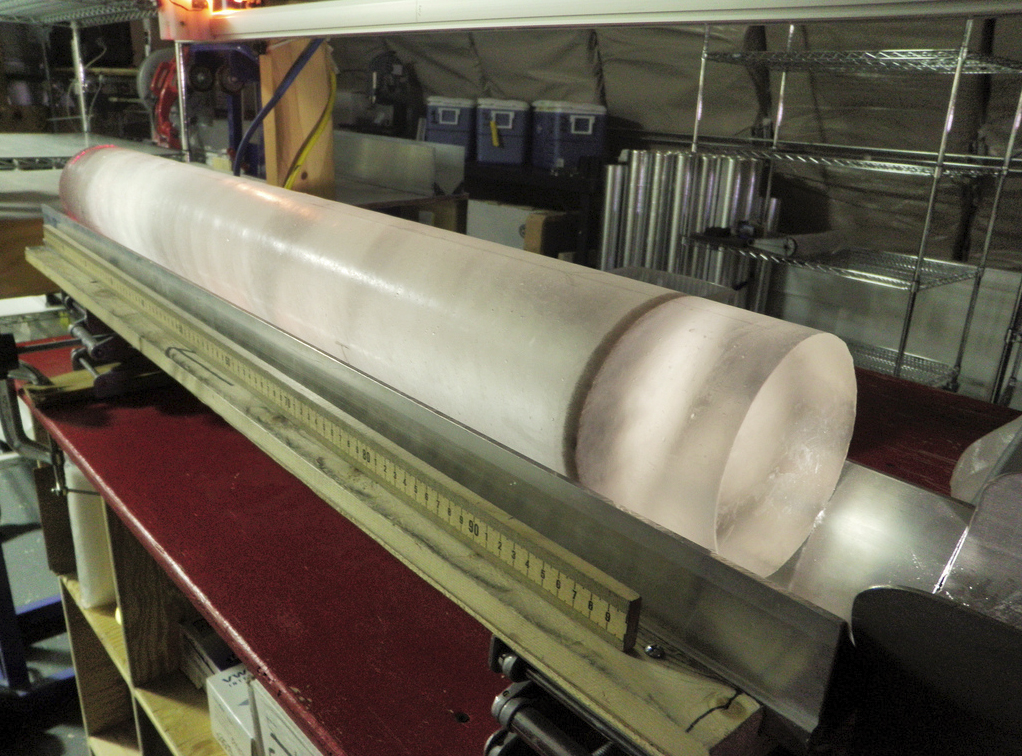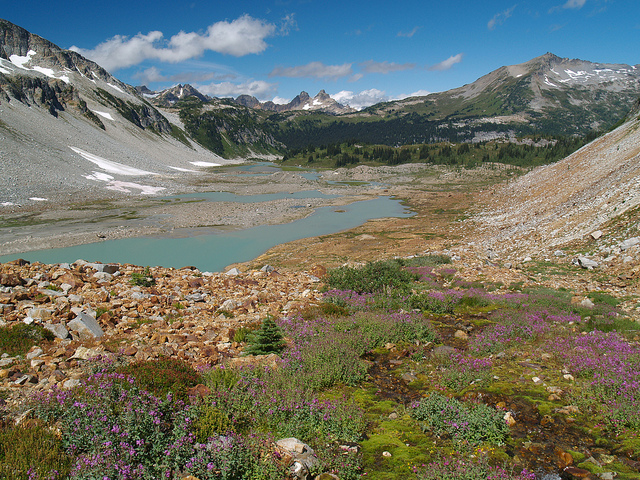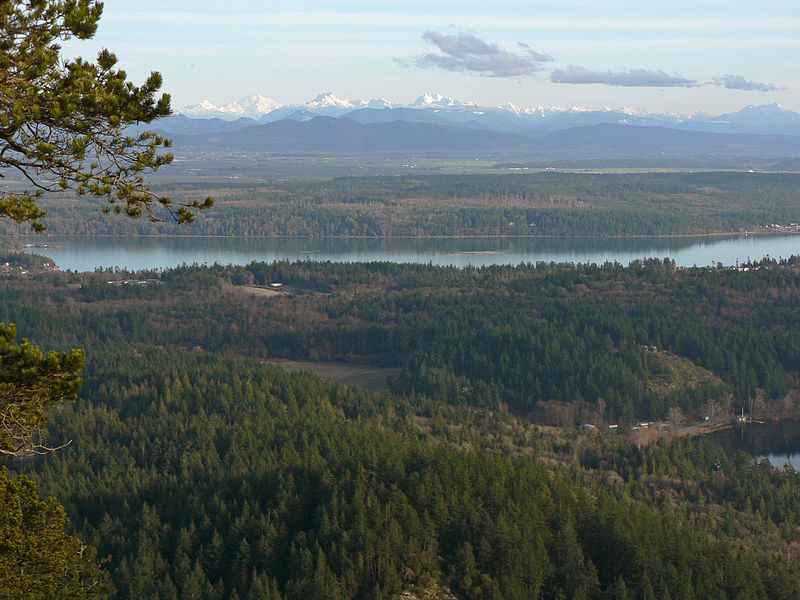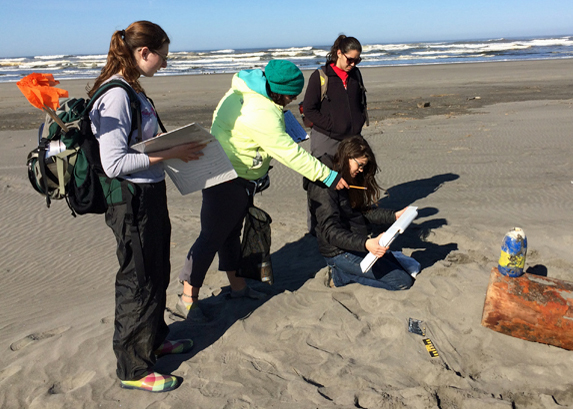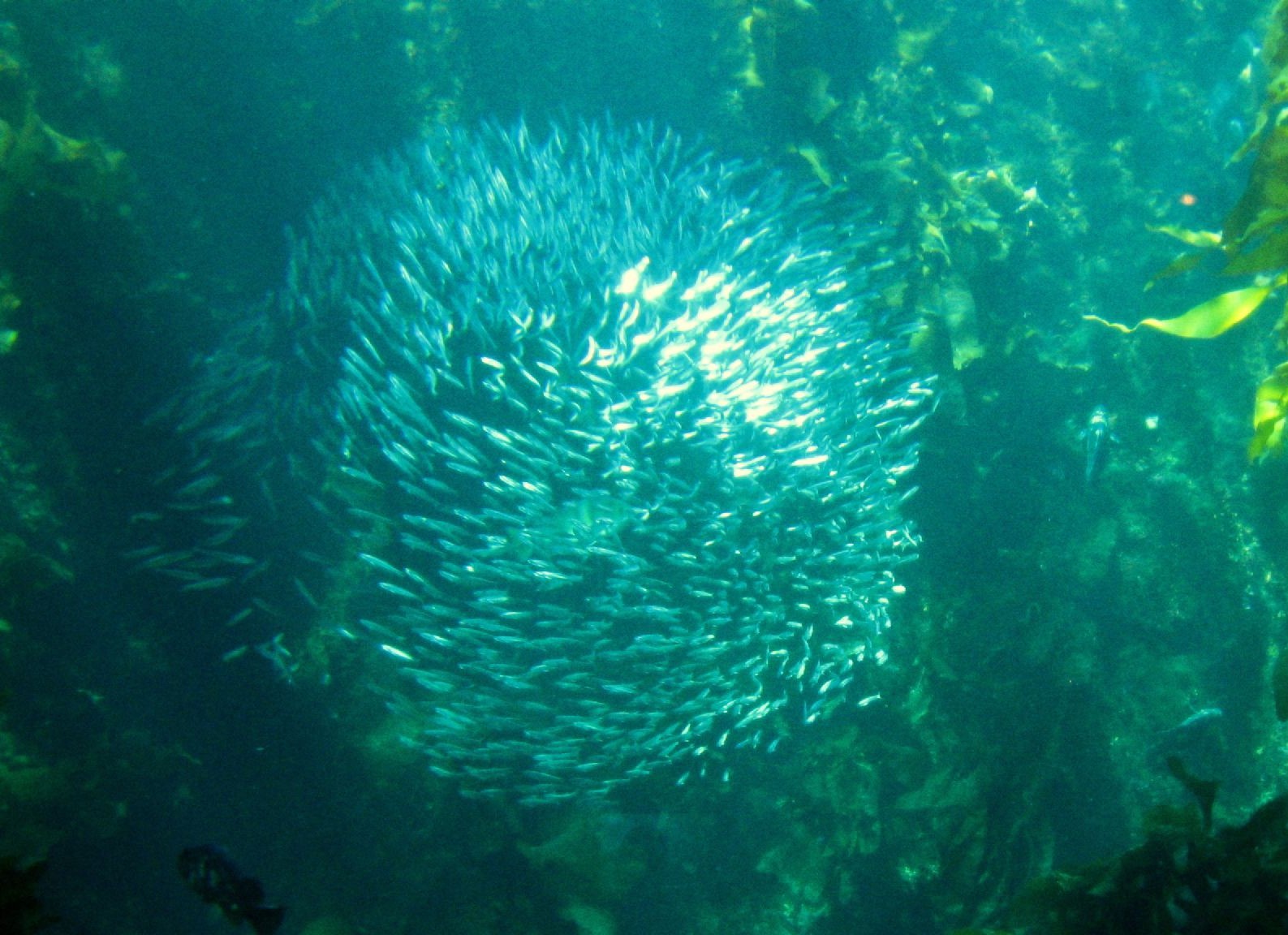A new study led by Oregon State University, with significant contributions from the University of Washington, shows that the increase of atmospheric carbon dioxide that contributed to the end of the last ice age more than 10,000 years ago did not occur gradually but rather was characterized by three abrupt pulses. Scientists are not sure what caused these abrupt increases, during which carbon dioxide levels rose about 10 to 15 parts per million—or about 5 percent per episode—during a span of one to two centuries.
Read more at UW Today »Fires and floods: North Cascades federal lands prepare for climate change
In a country that boasts an awe-inspiring system of national parks, the Pacific Northwest may be especially lucky. But even remote parks and forests can’t escape the problem of human-induced climate change. Future shifts could affect everything from how people access the parks to what activities are possible once they arrive—not to mention the plants and animals that call those places home.
Read more at UW Today »Climate Impacts Group partners with Swinomish Tribe to reduce climate effects
The Swinomish Indian Tribal Community, located on the southeastern peninsula of Fidalgo Island in Washington State, was recognized at the 2014 National Congress of American Indians’ annual meeting in Atlanta for their remarkable efforts to address climate change impacts on tribal lands. The UW Climate Impacts Group was a key partner in helping secure the recognition, which was given by the Honoring Nations Program from Harvard University’s Project on American Indian Economic Development.
Read more »Citizen science key to keeping pace with environmental change
Is it plastic, metal, a fragment, sharp? Does it have a loop in it that a marine animal might stick its head through? Is it small enough and in the color range that an albatross might mistake it for flying fish eggs and eat it? The latest University of Washington program powered by citizen scientists aims to characterize debris washed up on beaches in terms of potential harm to seabirds and other marine animals.
Read more at UW Today »Migrating animals’ pee affects ocean chemistry
The largest migration on the planet is the movement of small animals from the surface of the open ocean, where they feed on plants under cover of darkness, to the sunless depths where they hide from predators during the day. University of Washington researchers have found that this regular migration helps shape our oceans. During the daylight hours below the surface the animals release ammonia, the equivalent of our urine, that turns out to play a significant role in marine chemistry, particularly in low-oxygen zones.
Read more at UW Today »
